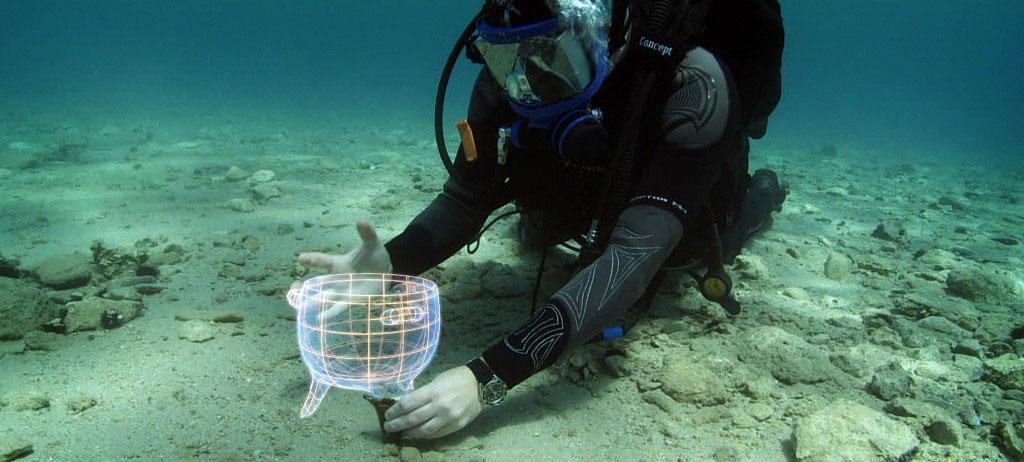The Paulopetri is small island across from the beach next to Viglafia village and opposite Elafonisos in Laconia .

Archaeological findings discovered in the wider region prove the population of the area from ancient years. Between the islet and the land we find the ancient city sunk a few meters bellow the surface of the sea dated 5 millenia back. The city is considered to be one of a kind as it has a unique plan of roads, buildings and a cemetery. It was discovered in 1967 by Nicholas Flemming and mapped out in 1968 by a team of the Cambridge University.
There are at least 15 buildings in a 3 to 4 meters depth and more recent scientific research in 2009 revealed that the settlement extends for 9.000 square meters.
Originally the city's creation was estimated to be around 1600 - 1100 bc but later research revealed that the city was populated before 2.800 bc at the early Bronze age. It is estimated that the city submerged at around 1000 bc.
The city's submergence aided the conservation of today's findings as the area was not rebuilt or used for agriculture. Despite the water's natural corrosive effect with time the layout of the city remains the same as it was thousands of years ago.
The scientific research of 2009 helped a great deal in mapping the city. It is the first time a sunken city was digitally reconstructed in 3 dimensions. The sonar mapping techniques originally developed for military use helped in the process..

From October of 2009 4 more scientific investigations including excavations have been scheduled in cooperation with both the Greek Archaeological services and foreign universities and scientists. The investigations showed that the city of Paulopetri was the center of a thriving textile industry. Also in the area big jars from Crete were discovered proving the city was a big commercial port.
The work of the team of archaeologists was depicted in a documentary that aired on BBC 2 in 2011.
Others believe that Paulopetri was sunk in 375 ac from the same earthquake that destroyed Gythio. According to research by Iakovos Stamoulis and Ilias Kroupis this earthquake was estimated at 7 to 8 on the Richter scale and that the same happened simultaneously in Geraka , Monembasia , Plytra and possibly Cythera. It is speculated that the seaside terrain moves on a wider scale and thus Elafonisos was separated from the land and became an island.

